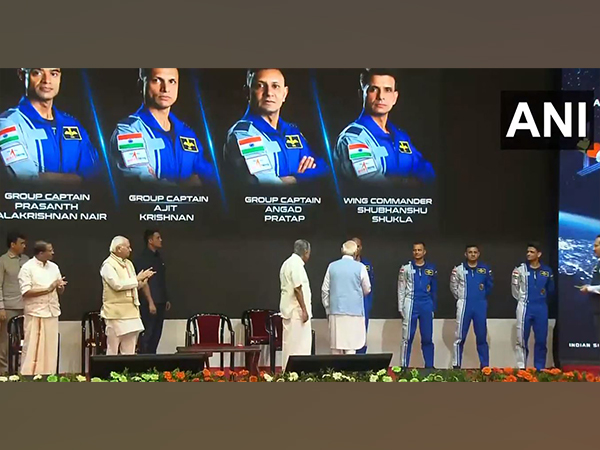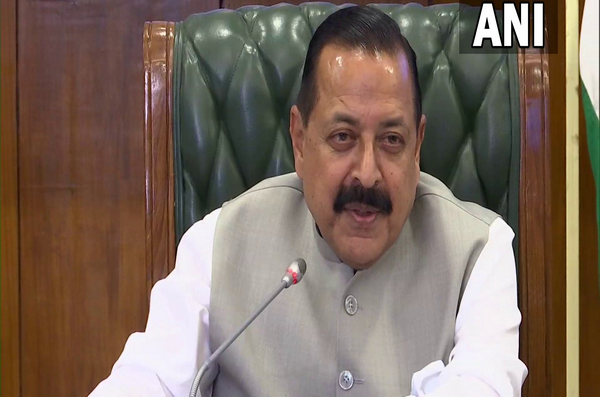Prime Minister Narendra Modi announced on Tuesday the names of the four astronauts who will be part of India’s first human space flight program, Gaganyaan, slated to be launched in 2024-25.
The four chosen Indian Air Force pilots are Group Captain Prashanth Nair, Group Captain Ajit Krishnan, Group Captain Angad Pratap, and Wing Commander Shubhanshu Shukla. The four astronauts were trained at Yuri Gagarin Cosmonaut Training Center in Russia.
Prime Minister Narendra Modi, who is on a visit to Kerala, reviewed the progress of Gaganyaan mission and bestowed ‘astronaut wings’ to the astronaut-designates at Vikram Sarabhai Space Centre. The Gaganyaan mission is India’s first human space flight program for which extensive preparations are underway at various ISRO centres.
“India’s success in the space sector is sowing the seeds of scientific temperament in the country’s young generation,” PM Modi said in his address at the Vikram Sarabhai Space Centre.
“As India is set to become the top-3 economy of the world, at the same time the country’s Gaganyaan is also going to take our space sector to a new height.”
As per ISRO, Gaganyaan project envisages demonstration of human spaceflight capability by launching crew of three members to an orbit of 400 km for a three days mission and bring them back safely to earth, by landing in Indian sea waters.
The pre-requisites for Gaganyaan mission include development of many critical technologies including human rated launch vehicle for carrying crew safely to space, Life Support System to provide an earth like environment to crew in space, crew emergency escape provision and evolving crew management aspects for training, recovery and rehabilitation of crew.
Various precursor missions are planned for demonstrating the Technology Preparedness Levels before carrying out the actual Human Space Flight mission. These demonstrator missions include Integrated Air Drop Test (IADT), Pad Abort Test (PAT) and Test Vehicle (TV) flights. Safety and reliability of all systems will be proven in unmanned missions preceding manned mission.
LVM3 rocket – The well proven and reliable heavy lift launcher of ISRO, is identified as the launch vehicle for Gaganyaan mission.
Human safety is of paramount importance in Gaganyaan mission. In order to ensure the same, various new technologies comprising of Engineering systems and Human centric systems are being developed and realised.
In 2023, in a stellar display of prowess, India soared to new heights with the successful soft landing of Chandrayaan-3 on the South Pole of the Moon and the successful launch of Aditya-L1, India’s first solar mission.
These milestones not only secured India’s standing in the global space economy but also fueled the engines for the private space sector in India.
Among other feats India now aims for setting up ‘Bharatiya Antariksha Station’ by 2035, and sending the first Indian to the Moon by 2040. (ANI)
For more details visit us: https://lokmarg.com/


